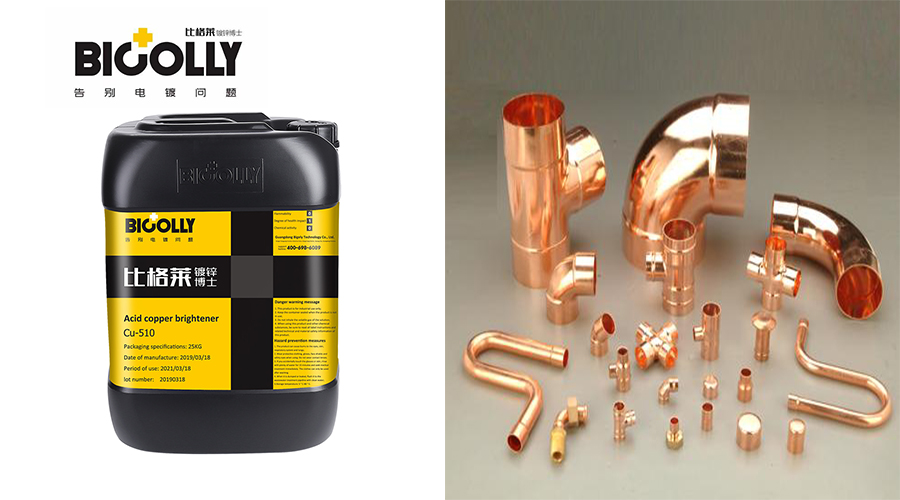
Say it out, you must fall below the eye, a large area of workpiece plated copper burr, rough, actually has a relationship with the anode factor. It is no exaggeration to say that using a good anode when using copper acid brightener can avoid many unnecessary defects.
How does the anode factor affect the quality of the coating, and what kind of anode should we choose? In this installment we tell you all about it.Copper is inevitably generated and accumulated in the anodic dissolution process, and the monovalent Cu+ is very unstable in the plating solution and is prone to the so-called disproportionation reaction.
2Cu+=Cu2++Cu
This reaction will produce two substances, one is the bivalent copper ion (Cu2+), and the other is the metal copper (Cu). Let's talk about what harm can happen to these two substances separately.
Hazards of the metal copper (Cu)
Copper will be deposited on the coating by electrophoresis during the plating process, causing the coating to produce burrs and roughness.
The harm of bivalent copper ions
With the disproportionation reaction, the content of bivalent copper ions in the bath will become higher and higher, at this time, the bath will become unstable, but also accelerate the consumption of copper acid brightener.
Therefore, we do not recommend the use of electrolytic copper plates as anodes.
How do you fix it?
When we add a small amount of phosphorus to the copper anode, a phosphorus film is formed on the surface during electrolysis. This phosphorus film serves two purposes:
① Prevent the production of metallic copper powder
② Reduce the entry of monovalent copper ions into solution
Therefore, the selection of phosphorus mass fraction of 0.05%-0.10%, and uniform distribution of phosphorus copper plate, is conducive to avoiding the above phenomenon.

Although the choice of acid copper brightener, but the coating is still prone to rough and other defects, are you confused?
The reason for this is that the cause of plating failure is not necessarily related to additives, but may also be related to anode, pre-treatment, temperature, and main salt ratio.
The use of copper acid brightener, after-sales service must be very important, Bigely in the long-term development and production of the use of additives, accumulated a considerable amount of technical experience, and these experiences for the plating plant for large-scale production is very valuable.
If you want to know more about the use of copper acid brightener process matters and troubleshooting methods, please feel free to contact us.